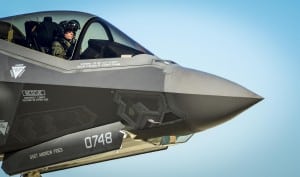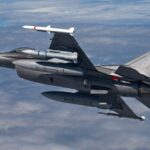
The Defense Department on Tuesday released its expanded Superior Supplier Incentive Program (SSIP) rankings for the Army and the Air Force.SSIP is an initiative led by DoD acquisition executive Frank Kendall to incentivize contractors to improve. SSIP uses data gathered through the Contractor Performance Assessment Reporting System (CPARS) to rate the 25 largest companies doing business with each of the three services, based on contract obligations over the past three fiscal years. SSIP then slated companies, in no specific order,…













